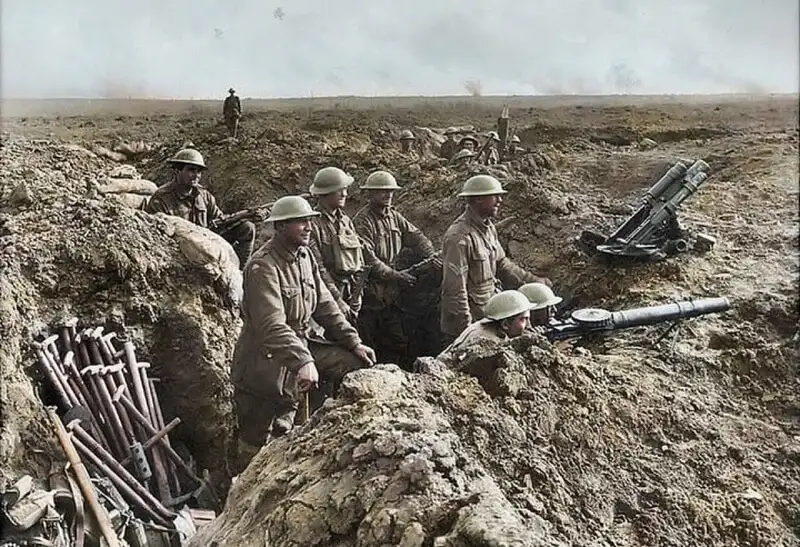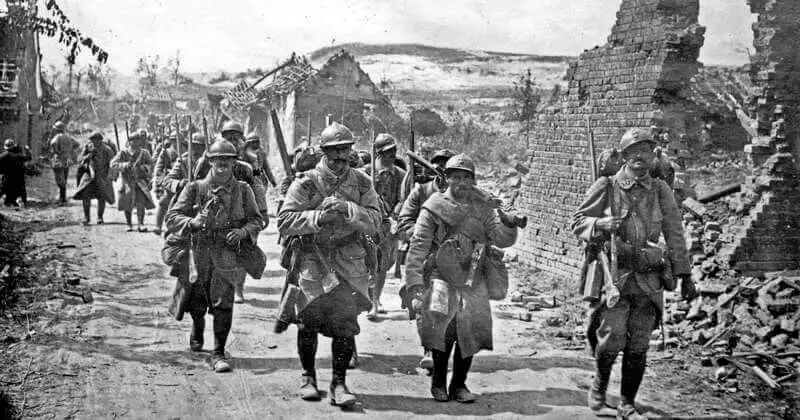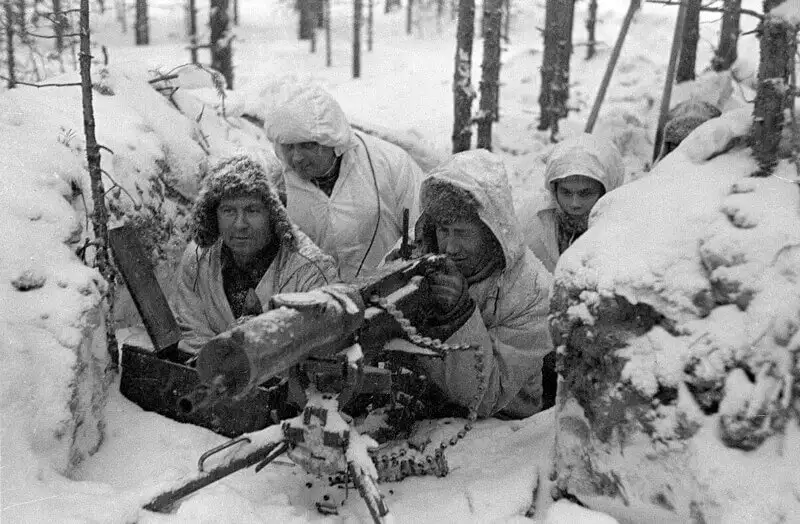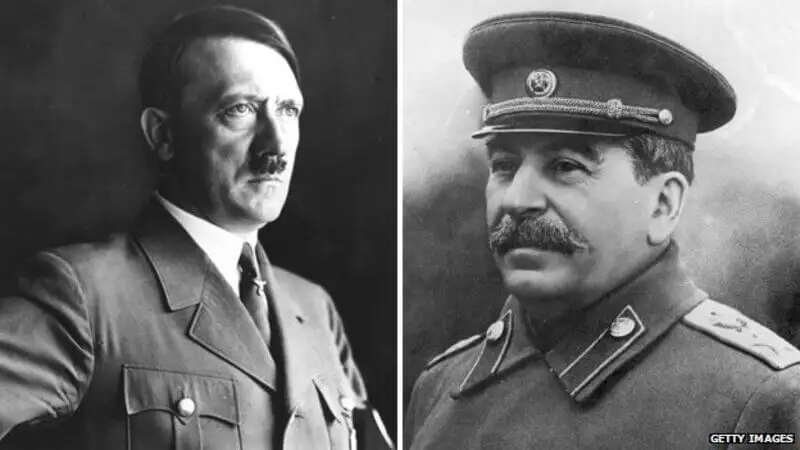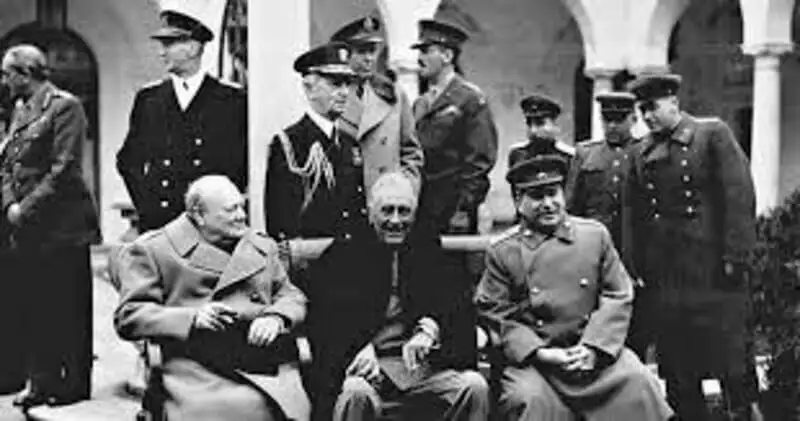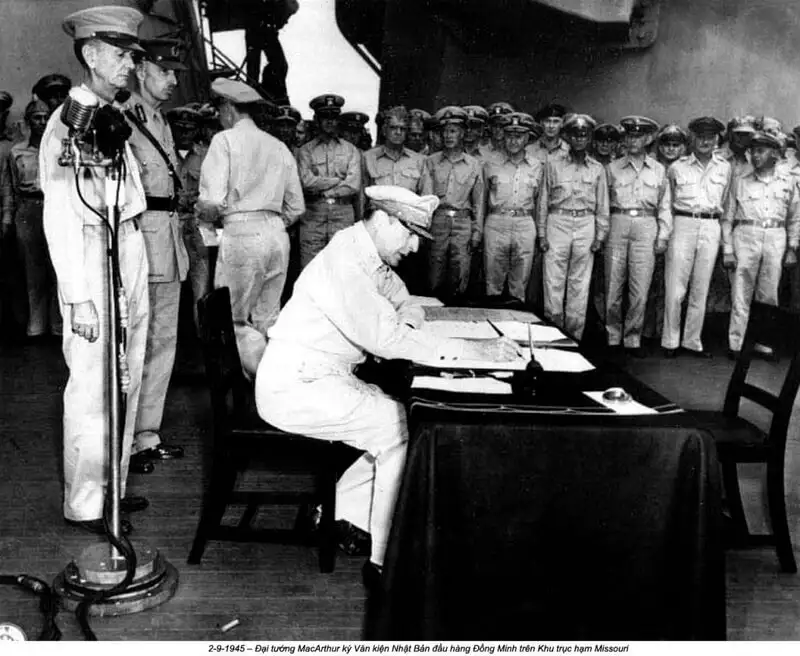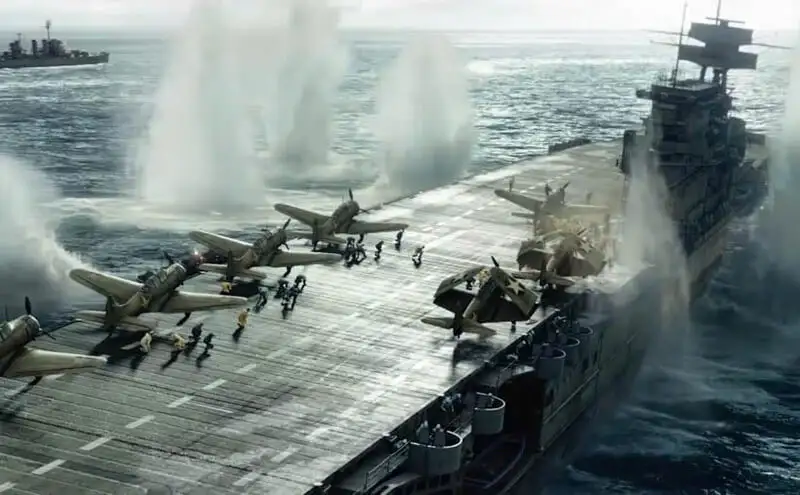World War II, the largest and bloodiest conflict in human history, involved more than 50 nations and was fought on land, sea, and air across most regions of the world. Also known as the Second World War, it was partly triggered by the economic crisis of the Great Depression and unresolved political tensions following the end of World War I.
The war broke out when Nazi Germany invaded Poland in 1939 and spread globally until 1945, when Japan surrendered to the United States after atomic bombs were dropped on Hiroshima and Nagasaki. By the time World War II ended, an estimated 60 to 80 million people had perished, including up to 55 million civilians, with many cities in Europe and Asia completely destroyed.
Among the casualties were 6 million Jews murdered in Nazi concentration camps under Hitler’s brutal “Final Solution” plan, known as the Holocaust. The war’s legacy includes the establishment of the United Nations to maintain peace and geopolitical conflicts that led to the Cold War.
Why Did World War II Break Out?
The severe devastation of World War I left Europe deeply unstable, and World War II partly stemmed from unresolved issues following that conflict. Political and economic instability in Germany, combined with resentment over the harsh terms of the Treaty of Versailles, paved the way for Adolf Hitler and the Nazi Party to rise to power.
As early as 1923, in his book Mein Kampf (My Struggle), Hitler predicted a pan-European war that would lead to “the annihilation of the Jewish race in Germany.” After becoming Chancellor of Germany in 1933, he swiftly consolidated power, declaring himself Führer (supreme leader) in 1934.
Obsessed with the idea of German “Aryan” racial superiority, Hitler believed war was the only way to expand “Lebensraum” (living space). By the mid-1930s, he secretly rearmed Germany, violating the Treaty of Versailles. He then signed alliances with Italy and Japan against the Soviet Union, annexed Austria in 1938, and incorporated Czechoslovakia in 1939.
Meanwhile, the United States and the Soviet Union were preoccupied with internal issues, while France and Britain, exhausted from World War I, were unwilling to confront Hitler, allowing his aggressive actions to go unchecked.

- The severe devastation of World War I left Europe deeply unstable. (Source: Collected)
The Outbreak of World War II
In late August 1939, Adolf Hitler and Soviet leader Joseph Stalin signed the German-Soviet Non-Aggression Pact, sparking alarm in London and Paris. Hitler’s plan was to invade Poland, a country Britain and France had pledged to defend militarily. The pact with Stalin allowed Hitler to avoid a two-front war while securing Soviet support in conquering and dividing Poland.
On September 1, 1939, Germany attacked Poland from the west, and two days later, Britain and France declared war on Germany, marking the start of World War II. On September 17, the Soviet Union invaded Poland from the east. Under pressure from both sides, Poland quickly fell, and by early 1940, Germany and the Soviet Union divided control of its territory under a secret agreement tied to the pact.
Stalin then occupied the Baltic states (Estonia, Latvia, and Lithuania) and defeated Finland in the Soviet-Finnish War. On the Western Front, military activity temporarily stalled, dubbed the “Phoney War” by the press. However, at sea, the British and German navies clashed fiercely, while German U-boats attacked merchant ships bound for Britain, sinking over 100 vessels in the first four months of the war.

- World War II erupted in 1939, beginning with Germany’s attack on Poland. (Source: Collected)
World War II in the West (1940-1941)
On April 9, 1940, Nazi Germany simultaneously invaded Norway and occupied Denmark, launching major campaigns in Western Europe. On May 10, German forces unleashed a “blitzkrieg” (lightning war) through Belgium and the Netherlands, swiftly crossing the Meuse River and breaching the Maginot Line at Sedan. France’s supposedly impregnable defenses collapsed as German troops advanced into the rear.
The British Expeditionary Force (BEF) retreated via Dunkirk in late May, while French forces continued to resist but ultimately failed. On June 10, Italy declared war on France and Britain, aligning with Germany in the Pact of Steel. On June 14, German troops occupied Paris; the new Vichy government under Marshal Philippe Pétain signed an armistice, dividing France into two zones: one occupied by Germany, the other governed by Vichy.
Hitler turned his attention to Britain, launching a prolonged air campaign from September 1940 to May 1941, known as the “Blitz.” The attacks caused significant civilian and infrastructure losses, but the Royal Air Force (RAF) prevailed in the Battle of Britain, forcing Hitler to postpone his invasion plans. As Britain faced immense pressure, Prime Minister Winston Churchill received crucial aid from the U.S. through the Lend-Lease Act in early 1941.

- World War II in the West. (Source: Collected)
Hitler vs. Stalin: Operation Barbarossa (1941-42)
In early 1941, Hungary, Romania, and Bulgaria joined the Axis, enabling Germany to invade Yugoslavia and Greece in April. Hitler’s true aim was the Soviet Union, with Operation Barbarossa designed to seize vast territories for “Lebensraum” (living space) for the “superior” German race. Simultaneously, the “Final Solution” to exterminate Jews was implemented, leading to over 4 million deaths in Polish death camps.
Operation Barbarossa began on June 22, 1941. Despite the Soviet Union’s numerical advantage in tanks and aircraft, the element of surprise and outdated technology allowed German forces to approach Moscow by July. However, disagreements between Hitler and his commanders, combined with a harsh winter, stalled the campaign by October, when the Soviets counterattacked and successfully defended their capital.

- Hitler vs. Stalin in World War II. (Source: Collected)
World War II in the Pacific (1941-1943)
As Britain confronted Germany in Europe, the United States became the primary force countering Japan’s expansion. By late 1941, Japan escalated its war with China and seized European colonies in the Far East. On December 7, 1941, 360 Japanese planes launched a surprise attack on the Pearl Harbor naval base, killing over 2,300 American soldiers. The assault propelled the U.S. into World War II, with Congress declaring war on December 8. Germany and its Axis allies soon declared war on the U.S.
In June 1942, the U.S. won the Battle of Midway, a turning point in the Pacific. From August 1942 to February 1943, the Allies secured victories at Guadalcanal, reversing the tide of the war. By mid-1943, the “island-hopping” strategy brought the Allies closer to their ultimate goal: invading mainland Japan.

- World War II in the Pacific. (Source: Collected)
Toward Allied Victory in World War II (1943-45)
In 1943, the Allies triumphed in North Africa, defeating Italian and German forces, paving the way for invasions of Sicily and Italy. Mussolini’s government collapsed in July 1943, though fighting with German troops in Italy persisted until 1945.
On the Eastern Front, the Soviet Union concluded the Battle of Stalingrad in January 1943 with a victory, forcing German surrender amid starvation, lack of medical supplies, and a brutal winter.
On June 6, 1944, “D-Day,” the Allies launched a massive invasion of Normandy, France, with 156,000 British, Canadian, and American troops. The Soviets advanced deep into Eastern Europe, while Hitler’s final counteroffensive at Ardennes (December 1944-January 1945) failed.
In February 1945, intense Allied bombing paved the way for an assault into Germany. Germany surrendered on May 8, 1945, after Hitler’s suicide in his Berlin bunker on April 30, securing Allied victory in World War II.

- Allied victory in World War II. (Source: Collected)
The End of World War II (1945)
At the Potsdam Conference (July-August 1945), U.S. President Harry S. Truman, British Prime Minister Winston Churchill, and Soviet leader Joseph Stalin discussed the war with Japan and peace with Germany. Germany was divided into four occupation zones controlled by the Soviet Union, the U.S., Britain, and France. In Eastern Europe, Churchill and Truman conceded to Stalin to secure his support against Japan.
Heavy losses at Iwo Jima (February 1945) and Okinawa (April-June 1945), combined with fears of invading mainland Japan, led Truman to authorize atomic bombs. Bombs were dropped on Hiroshima and Nagasaki in early August. On August 15, Japan accepted the Potsdam Declaration, and on September 2, General Douglas MacArthur oversaw Japan’s formal surrender aboard the USS Missouri, ending World War II.

- General Douglas MacArthur oversaw Japan’s formal surrender aboard the USS Missouri, ending World War II. (Source: Collected)
Consequences and Casualties of World War II
World War II was the deadliest international conflict in history, claiming 60-80 million lives, including 6 million Jews killed in the Holocaust. Civilians accounted for 50-55 million deaths, while military losses ranged from 21-25 million. Millions more were injured, displaced, or lost their homes and possessions.
The war’s legacy includes the spread of communism from the Soviet Union to Eastern Europe and its victory in China, as well as a global power shift from Europe to the United States and the Soviet Union, laying the groundwork for the Cold War.
Conclusion
Through this article, Pywar aims to provide a comprehensive overview of World War II, the greatest conflict in history, with over 60 million deaths, including 6 million Jews in the Holocaust. The war, sparked by instability following World War I, raged globally from 1939 to 1945, marked by key events like Operation Barbarossa, D-Day, and the atomic bombings. Its consequences reshaped global power structures, leading to the United Nations’ formation and the Cold War, leaving profound lessons about peace and humanity.
Translated by: Le Tuan
Source: History – World War II

